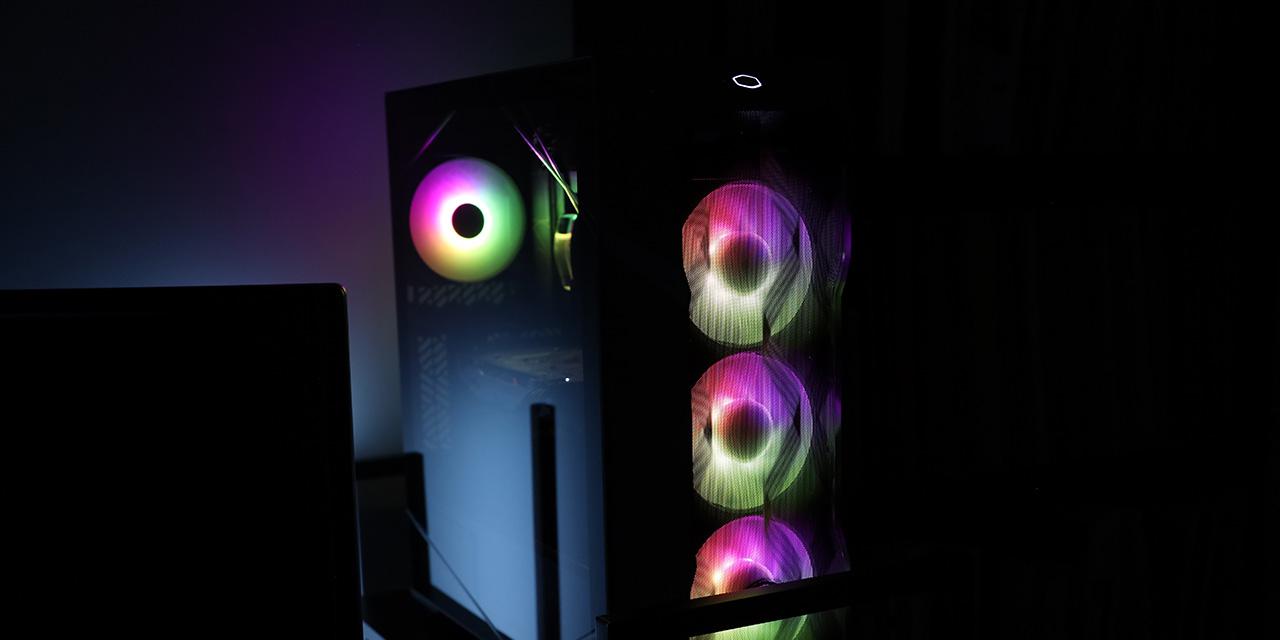|
From X-bit Labs: In a special blog post dedicated to Globalfoundries' advantages at 28nm node, Mike Noonen, executive vice president of worldwide marketing and sales at Globalfoundries, outlined three key benefits that the contract semiconductor maker has to offer: execution, innovation and locations. Even though Globalfoundries will be late with its 28nm process technology compared to its closest rivals - Taiwan Semiconductor Manufacturing Co. and United Microelectronics Corp. - it said that this would not be a major problem as the company has a number of advantages, including its abilities to ramp up production quickly, locations across the world and advantages of its processes compared to competing technologies. "We delivered the fastest time-to-volume for the 45/40nm production ramp, and we are leading the foundry ramp at 32/28nm in volumes well ahead of others foundries," said Mr. Noonen. Thanks to its AMD origins, GF does have a tradition of rapidly ramping leading-edge technologies to volume production. In just one year - from April '11 to March '12 - Globalfoundries shipped 250 thousand of 300mm wafers processed using 32nm high-k metal gate (HKMG) manufacturing technology. GF's 32nm HKMG is very similar to 28nm HKMG, which means that the firm will be able to ramp up production of chips using the latter tech quickly. Keeping in mind TSMC's problems with 28nm in general and 28nm/HKMG in particular as well as UMC's plans to start 28nm ramp from poly/SiON version of the process, Globalfoundries has every right to say that it had shipped more HKMG wafers than all the other foundries combined. Globalfoundries also notes that unlike its competitors it uses gate-first approach to HKMG fabrication processes, which allows to make up to 20% smaller chips compared to similar integrated circuits manufacturer using gate-last HKMG manufacturing technology. Smaller size means lower costs or higher performance, depending on particular design. In addition, Globalfoundries' 28nm sustains 40nm layout style advantages: bi-directional poly, poly jogs, large caps. "At 28nm, we worked tirelessly to maintain true scaling and deliver an industry-leading technology in a system-on-chip (SoC) design platform based on our production-proven HKMG technology," said Mr. Noonen. View: Article @ Source Site |
 |
Globalfoundries Vows to Ramp Up 28nm Production Quickly
© Since 2005 APH Networks Inc. All trademarks mentioned are the property of their respective owners.





